When we think of fitness, our pelvic floor muscles don’t typically come to mind until symptoms of pelvic floor dysfunction such as pain or incontinence interfere with our quality of life and confidence. Pelvic floor dysfunction is common but treatable with pelvic floor physiotherapy that addresses the root cause of embarrassing leaks and other complications. Here’s how to spot the signs of pelvic floor dysfunction so that any muscle imbalances can be addressed as early as possible.
What Do Pelvic Floor Muscles Do?
Often overlooked, our pelvic floor muscles have important jobs to do, and too much muscle tightness or weakness interferes with optimal pelvic organ function.
Our pelvic floor is a group of core muscles that extend from our pubic bone to our tail-bone and perform three essential duties:
- Control our bowel, bladder, and sexual function
- Stabilize our hip joints and posture
- Act as an internal girdle that holds our pelvic organs in their proper place
What is Pelvic Floor Dysfunction?
Pelvic floor muscles are prone to dysfunction and can become weak or too tight due to age, general health, childbirth, weight gain, muscle strain, or injury. Pelvic floor muscle imbalances can result in difficulty maintaining control over the muscles we use to control our bladder, bowels, and sexual organs, resulting in incontinence, painful intercourse, lower back discomfort, and erectile dysfunction. More advanced pelvic floor dysfunction can lead to pelvic organ prolapse in women, whereby the uterus, bowels, or bladder can move out of place and push on the walls of the vagina or rectum and lead to protrusion.
Common Signs & Symptoms of Pelvic Floor Dysfunction
- Lower back, pelvic, or tailbone pain or pressure
- Incontinence: involuntary loss of bladder or bowel control, including small leaks and flatulence during moments of physical strain, sneezing, coughing, laughing, running, or sudden movements
- (Women) Feeling fullness, pain, or pressure in your vagina
- (Women) Painful intercourse: which is often linked to organ prolapse placing pressure on the vaginal walls
- (Women) Pelvic discomfort and incontinence following childbirth
- (Men) Erectile dysfunction caused by pelvic muscle tension
- (Men) Testicular pain resembling prostatitis
- Pelvic organ prolapse
- Recurring urinary tract infections
- Difficulty urinating or defecating resulting in strain
- The sensation of having to urinate before the bladder is full
Contributing Factors
- Constipation and prolonged strain when urinating or defecating
- Pregnancy and vaginal childbirth
- Age and hormonal fluctuations approaching menopause
- General health and fitness
- Pelvic pressure caused by weight gain
- Trauma caused by a previous injury, cancer treatment, or surgery
- Hereditary factors
- Recurring interstitial cystitis
Correcting Pelvic Floor Dysfunction With Pelvic Floor Physiotherapy
If an assessment reveals that pelvic floor dysfunction is the cause of your symptoms, pelvic floor physiotherapy is your solution! Because the root cause of your symptoms results from weak or overly tight pelvic floor muscles, manual therapy, soft tissue release, and targeted pelvic floor exercises will be used to condition pelvic floor muscles to their optimal state.
Expectant mothers can benefit from pelvic floor physiotherapy treatments that help strengthen the pelvic muscles in preparation for childbirth and assist in reconditioning pelvic floor muscles following delivery.
Don’t Ignore Pelvic Floor Dysfunction Symptoms!
Pelvic floor dysfunction doesn’t resolve on its own and is easier to treat the earlier you address it. The earlier your pelvic floor muscles are treated, the sooner you can enjoy the activities you love without worrying about leaks, performance ability, and discomfort.
What to Expect During Your Initial Assessment
“Jen” (Jennifer Mildon, MPT) is Diversified Health Clinic’s physiotherapist focusing on pelvic floor physiotherapy treatments. During your initial assessment with Jen, you will be asked questions about your symptoms and objectives, and you’ll have the opportunity to ask questions about your pelvic floor and what you’re experiencing. Next, Jen will conduct a physical assessment of your lower back and hips and, pending your comfort and permission, an internal vaginal and/or rectal assessment of the tone and strength of your pelvic floor muscles before tailoring a treatment plan according to your specific condition and needs. All information you share with our practitioners, including the results of your physical exam, remains confidential between you and your practitioner.
Let Jennifer know if you’re concerned or uncomfortable having the internal examination included in your physical assessment – you can still benefit from pelvic floor physiotherapy treatments.
There is no downtime required following pelvic floor physiotherapy treatments. Still, depending on your treatment plan and objectives, your physiotherapist may make personalized recommendations to ensure you receive the most benefit from each treatment.
Take the Next Step!
Get relief from pelvic floor dysfunction – book your initial assessment with our physiotherapist Jen at Diversified Health Clinic today, or contact our clinic to learn more.
Your first appointment will include a health assessment that will help your practitioner tailor your treatments to your specific needs and objectives and allow you to ask any questions you might have.
When you call to book your appointment, let our front desk staff know if you are on a health benefits plan covering naturopathic/acupuncture treatment. We offer direct billing and can help process your claim.


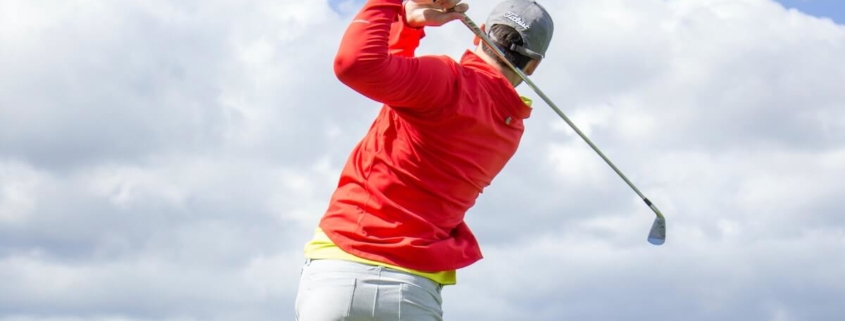


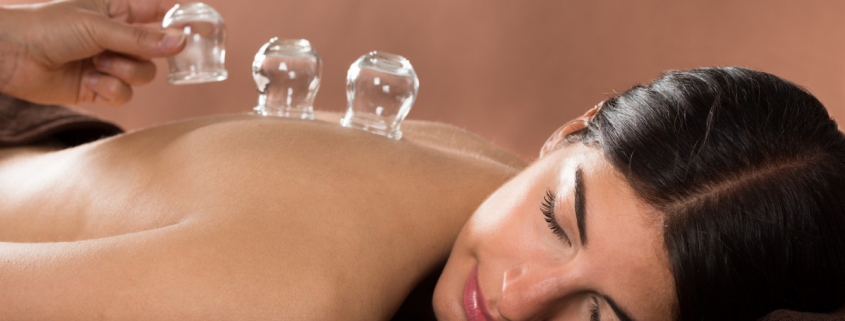
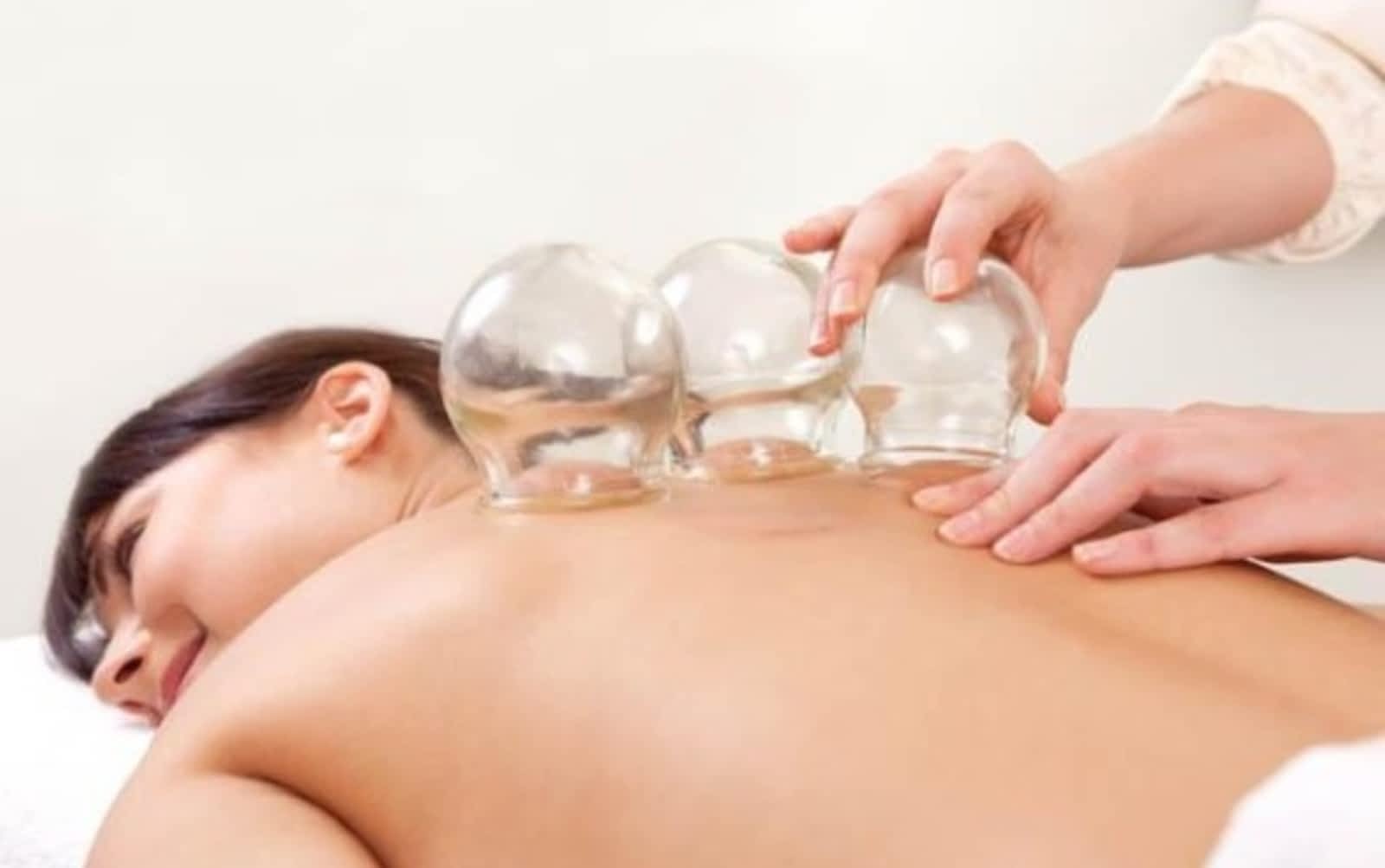
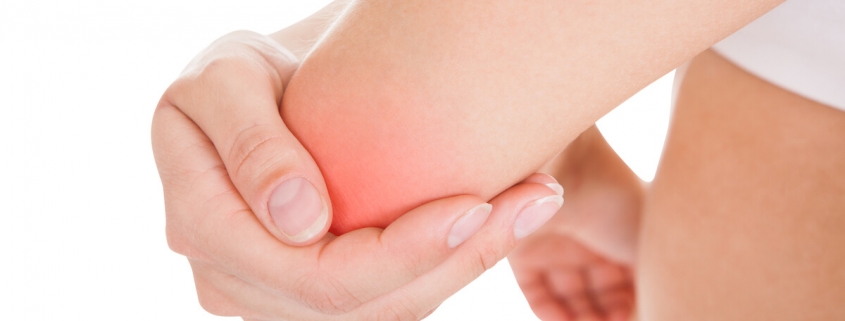
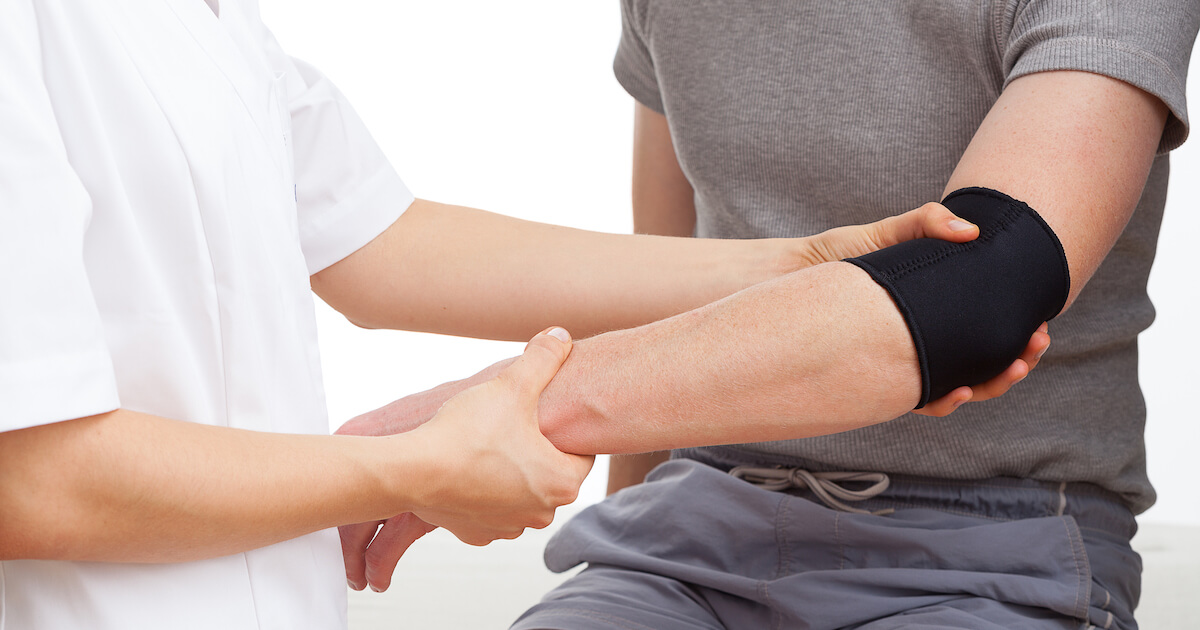
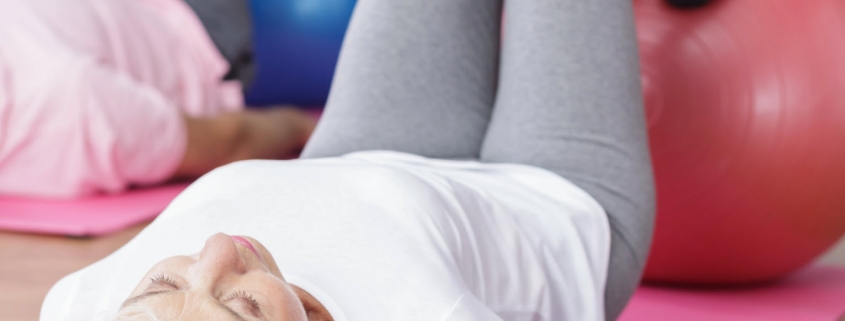

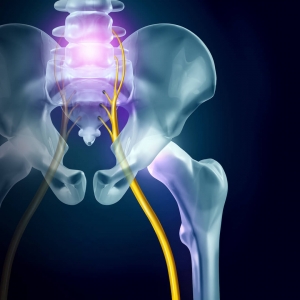 Sciatica is the term used to describe sciatic nerve pain. Nerve pain can occur anywhere in the body while sciatic nerve pain affects the lower back and lower, posterior extremities. This is because of how the sciatic nerve branches off your lower spine (just above your buttocks) before threading down through your glutes, hamstrings and calves. Sciatic nerve pain often occurs on one side of the body, or is markedly worse on one side of the body, and can arise from various physical triggers as outlined below.
Sciatica is the term used to describe sciatic nerve pain. Nerve pain can occur anywhere in the body while sciatic nerve pain affects the lower back and lower, posterior extremities. This is because of how the sciatic nerve branches off your lower spine (just above your buttocks) before threading down through your glutes, hamstrings and calves. Sciatic nerve pain often occurs on one side of the body, or is markedly worse on one side of the body, and can arise from various physical triggers as outlined below.


